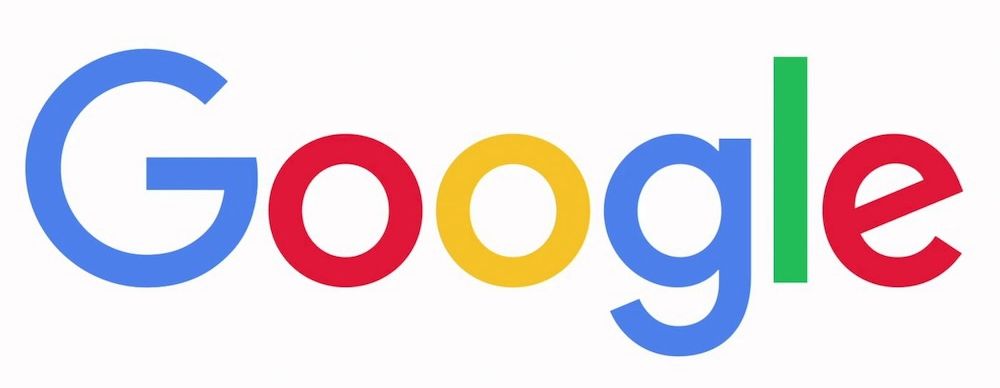Over the years, there has been much ink spilled over the recruiting practices at Google. The company is now very well known for having successfully implemented a talent management strategy that permeates all levels of the organization — from top executives to entry-level employees – and attracts the very best talent on the market.
Even in its early stages, the company understood the importance of engagement and motivation as performance drivers and competitive advantages. But building engagement and retaining top talent is no easy feat. Many organizations continue to believe that compensation and benefits are key to achieving these goals; yet, there is a new generation on the marketplace and while affording a certain lifestyle is certainly important to them, it is far from being the main criteria for selecting an employer, much less exhibiting superior performance in their job.
A Forbes article explains how, decades ago, Google decided to give every employee 10-15% free time to work on pet projects. Not financial incentives, but the opportunity to show their skills and work on projects of interest of them. This ties in nicely with McClelland’s need theory, which claims that humans possess three main needs, or motives – Achievement, Affiliation and Power – each of which dictate specific behaviors in the workplace.
Capitalizing on the achievement motive as a primary driver, employees used this free time to come up with new business ideas and projects, thereby supporting the organization’s growth, innovative competitiveness and overall success.
This talent-focused culture for which Google is now known is, of course, funded today by a budget that very few companies have the privilege to manipulate. Yet, Google’s success (with respect to talent management) isn’t entirely the result of large HR investments.
Let’s take a closer look.
A culture of competency
Google has long understood that it needs skilled, driven and innovative bar-raisers to outperform its competition and to that end, has managed to change the way its employees work in order to build a culture that attracts and retains the very best.
Forbes’ mini case study reveals that to support this new culture, Google goes through a process of identifying critical positions in the organization – those very job roles where performance can differentiate them from their competitors – and emphasizing the search for top performers in these roles. Not for every job function in the organization, but for positions that make a difference in Google’s environment.
But finding top performers, even if only for a handful of roles, is easier said than done. After all, there is really no way of knowing if a person is “right” for the job unless they get a fair chance at proving it. At the very best, an employee may have demonstrated certain skills in a given role, under a specific scope of constraints and responsibilities, but a true top performer is developed with the idea that motivation is key to raising the bar.
For Google, this meant allowing employees to work, one day a week, on projects of interest to them, a strategy that not only motivated employees to prove their skills and demonstrate the extent of their contributions to Google’s success, but also allowed the company to remain on the cutting edge of the competition as a result.
Of course, we are not implying that this “pet project” solution can work for any organization, particularly if your company is struggling with an inadequate workforce-to-workload ratio. What we are saying however is that you need to identify the key roles in your organization, along with the competencies (skills, behaviors, knowledge, interests, motives, etc.) required to perform in these jobs, and then provide your employees the latitude and flexibility they need to outperform.
For optimal results, think clarity and transparency
Defining competencies is key to executing your company’s strategy and reaching your long-range goals. But the essential first step consists in establishing clear directions, and ensuring that your strategic directions are communicated to your workforce. Transparency is the only way to gain the support of your employees, and build a coherent team that works toward achieving the same objectives.
Top performers who seek to put their skills to use for your company’s success can only show you what they can accomplish if you allow them to understand your goals and participate in the process of getting there. Getting your bar-raisers to the table is a critical part of creating a truly high-performing and motivating culture because without transparency, even your best employee will resolve to only doing what is required of them. That is exactly what Google managed to avoid by granting employees the chance to actively participate in idea generation and process creation activities.
The result of this effort is an integrated workforce and human resource systems that promote and reward talent and outperformance, not to mention enhanced accountability and innovation. And while the bottom-line benefits include increased productivity and higher profits, the true value of a competency-based approach to talent management is a lot more powerful.
Implementing a transparent, competency-based approach will renew your company, uncovering startling energy and synergies that can give you the responsive, competitive edge you need. But you first need to know which competencies are needed to take you to this next level. And that’s what competency modeling aims to accomplish.
The following white paper presents all the benefits of this system, along with the steps to move forward.
We also invite you to browse our blog for many more articles on applying a competency-based talent management system to various HR applications within your organization.
 To learn more about our products and services, and how competencies and competency models can help your organization, call 800-870-9490
To learn more about our products and services, and how competencies and competency models can help your organization, call 800-870-9490
or use the contact form at Workitect.
©️2024, Workitect, Inc.


Leave A Comment